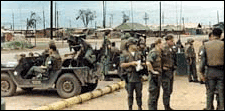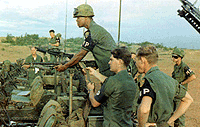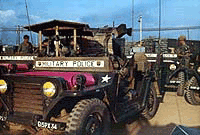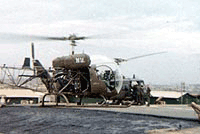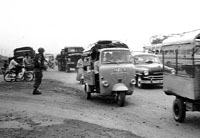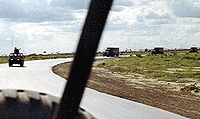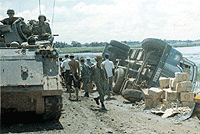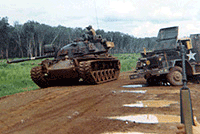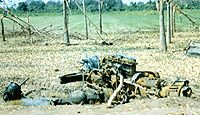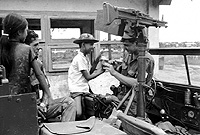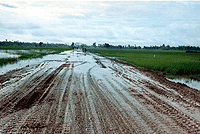~ 720th Military Police Battalion Reunion Association ~ Vietnam History Project ~
This Page Last Updated 14 April 2008
"When you have sufficient supplies and ammo the enemy takes 2 weeks to attack. When you are low on supplies and ammo the enemy attacks that night." Murphys Law |
 18th Bde. 18th Bde. |
 720th 720th |
